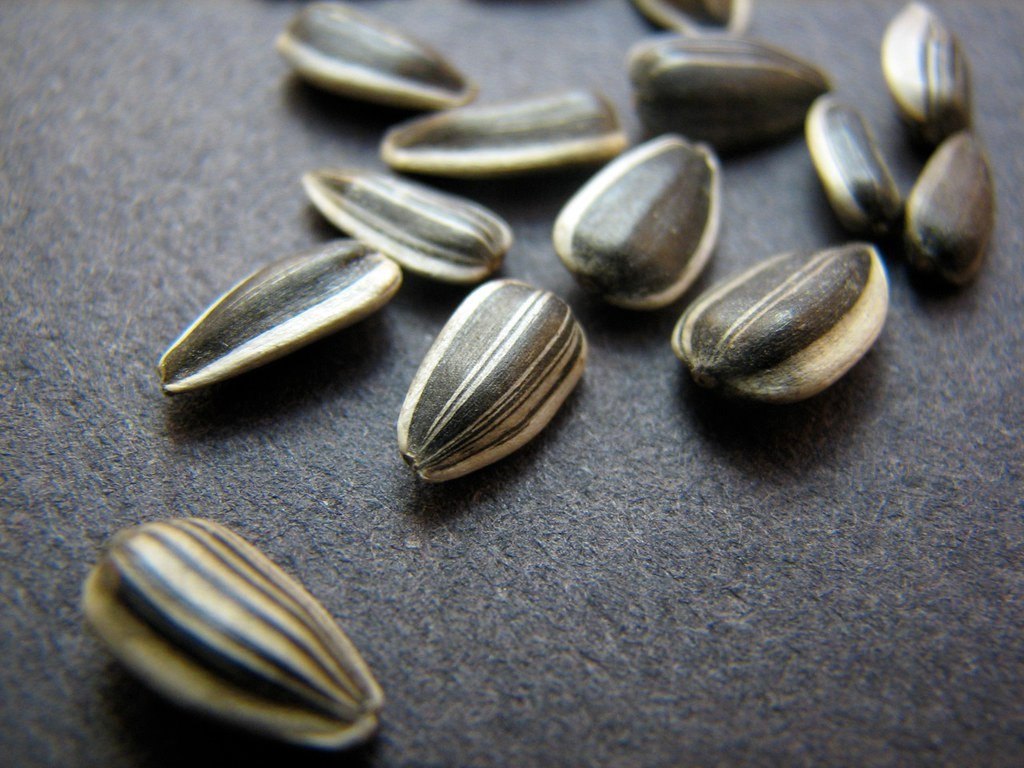Imagine a tiny seed, silent and seemingly lifeless, holding inside it not just the blueprint for a future plant, but also the memories of what its ancestors endured—droughts, heatwaves, or floods. That’s not a fantasy; it’s a scientific marvel. Seeds, in their stillness, preserve echoes of the past, passing on hard-earned wisdom to the next generation. This intricate dance between memory and survival is reshaping how scientists view inheritance, adaptation, and resilience in the natural world. What if the secret to thriving under climate chaos has always been hidden in the quiet, patient seeds beneath our feet?
The Secret Life of Seeds
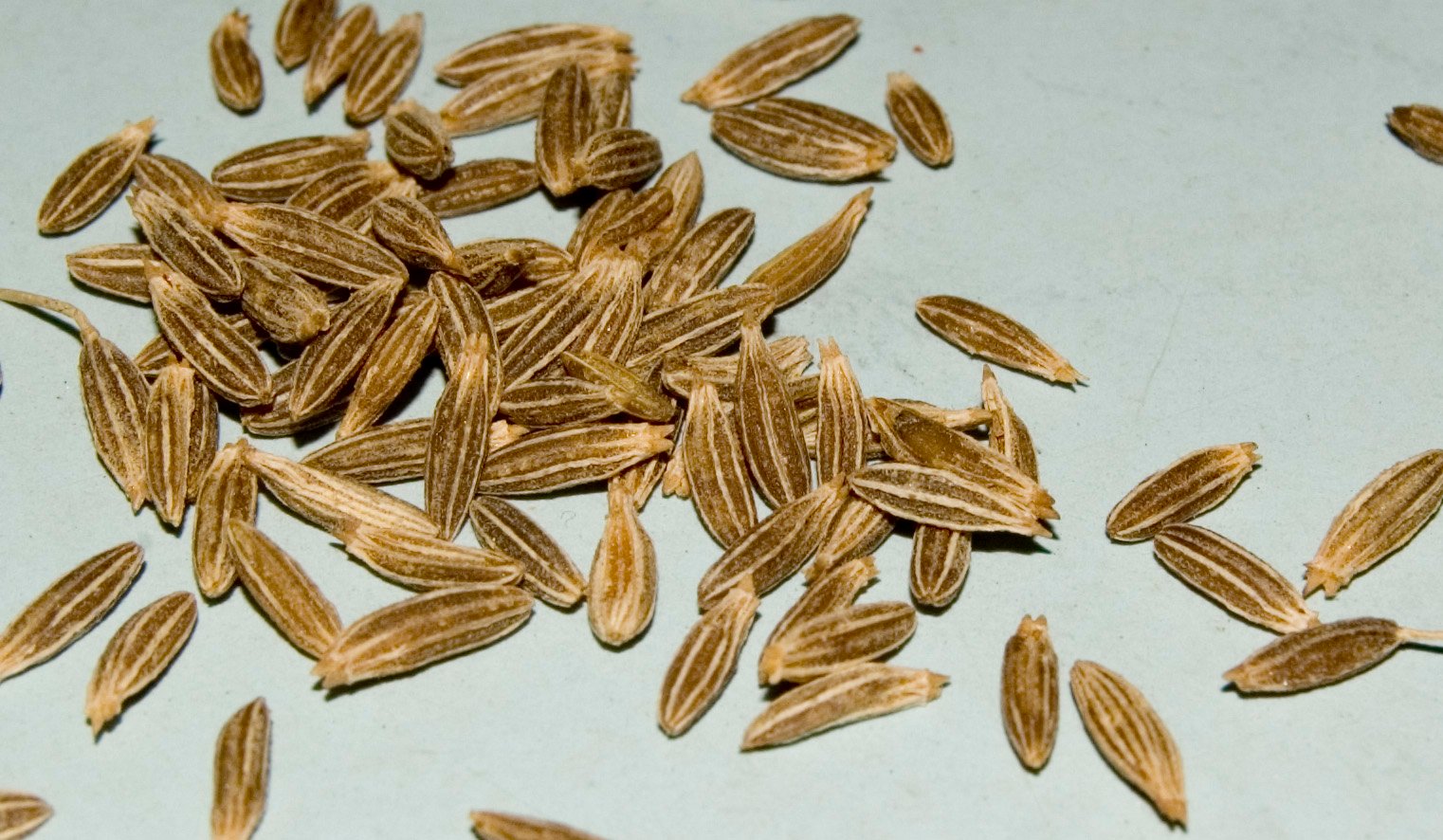
Seeds are much more than a vessel for plant life. If you look closely, they are tiny time capsules, carrying not just DNA, but also silent stories of the environment their parent plants faced. From the outside, seeds appear simple, but inside, they’re buzzing with molecular activity. It’s as if every challenge the parent plant survived—whether a scorching summer or a pest invasion—leaves a subtle fingerprint on its seeds. This invisible record shapes how new plants will cope with the world, making seeds unsung heroes in the saga of evolution.
What Is Environmental Stress?
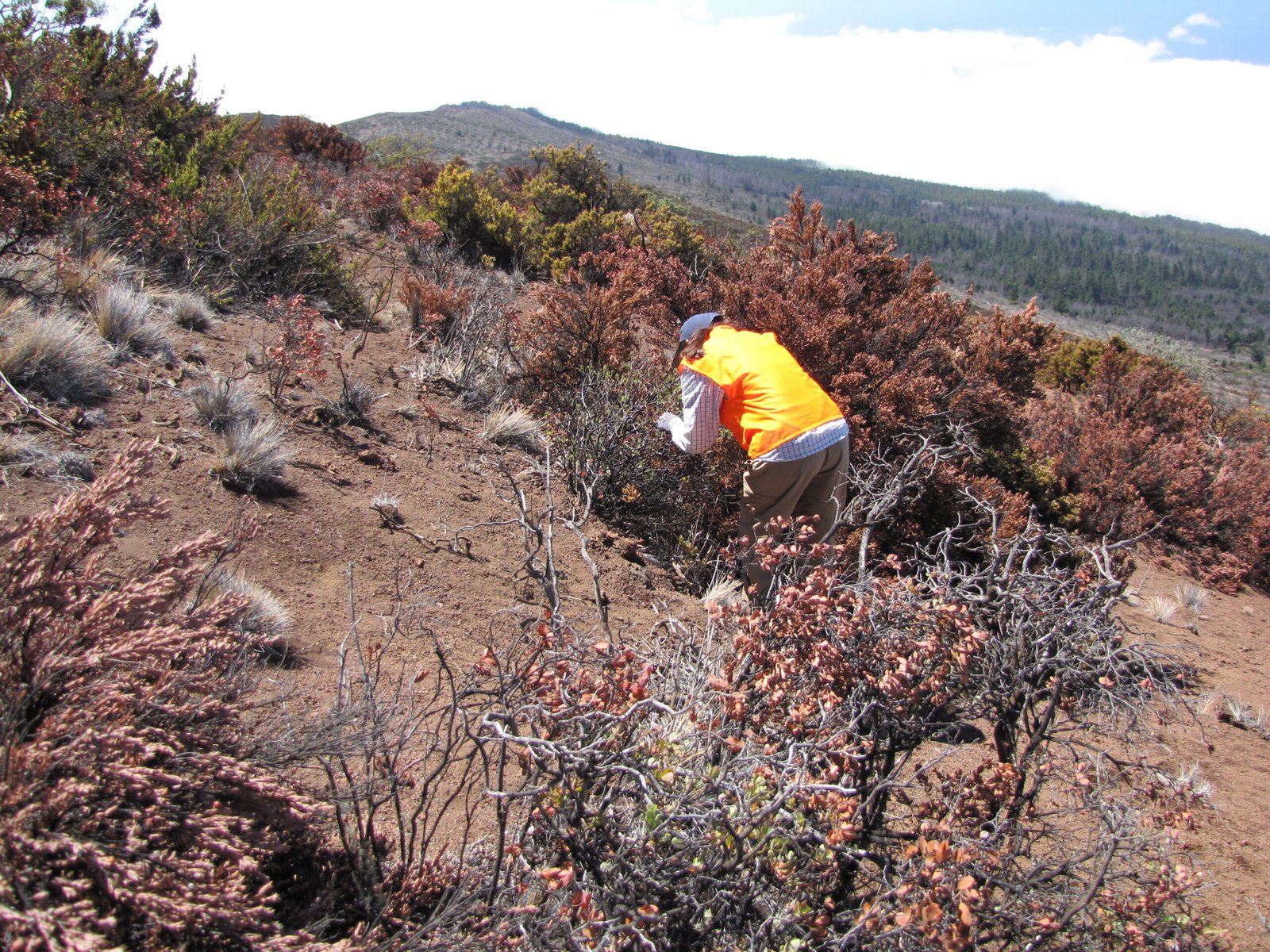
Environmental stress refers to any change or challenge in the surroundings that threatens a plant’s well-being. Think of droughts that wither leaves, sudden frosts that freeze sap, or salty soils that choke roots. These stresses can be relentless, shaping which plants survive and which perish. For seeds, these experiences aren’t just obstacles; they’re lessons. A seed’s response to stress isn’t random—it’s a carefully crafted strategy, often honed over generations. Understanding stress is key to unlocking the story of how seeds remember.
The Concept of ‘Stress Memory’
Stress memory is a fascinating phenomenon where plants and their seeds “remember” hardships faced in the past. This memory isn’t like a photograph or a diary, but something deeper—a shift in the plant’s biology that can be passed on. Imagine a plant that survives a terrible drought. Its seeds might grow into plants that handle dry spells better, even if they themselves never experienced drought. This inherited resilience is a living memory, stored not in words, but in molecules and genes.
Epigenetics: The Language of Memory
At the heart of stress memory lies epigenetics—a field that studies changes in gene expression that don’t alter the DNA sequence itself. Think of it as sticky notes on the genetic instruction manual, telling the plant which genes to use in tough times. When a plant faces stress, certain genes are turned on or off, and these changes can be “remembered” in its seeds. Epigenetic marks like DNA methylation act as bookmarks, ensuring the next generation is primed to face similar challenges.
How Do Plants Transfer Stress Memory?

The transfer of stress memory from one generation to the next is both subtle and profound. When a parent plant faces environmental hardship, it sometimes tweaks the way its genes are read—thanks to those epigenetic marks. These tweaks can be passed down through the seeds, meaning the offspring are born with a head start. Sometimes, it’s as if the seeds are pre-warned: “Be ready for drought,” or “Watch out for salt.” This silent communication can last for several generations, shaping the destiny of entire plant populations.
Real-World Examples: Drought and Salt Tolerance
One of the most striking examples comes from plants exposed to drought. Scientists have found that seeds from drought-stressed plants often grow into more drought-tolerant offspring. In rice, for instance, seeds produced during dry seasons sprout into plants that use water more efficiently. Similarly, plants growing in salty soils can give rise to seeds that germinate better in salty conditions. These aren’t random mutations—they’re memories, written in epigenetic code.
The Role of Small RNAs

Besides epigenetic marks, small RNA molecules play a crucial part in stress memory. These tiny fragments act like messengers, moving between cells and even into seeds. When a plant faces stress, it produces specific small RNAs that help silence or activate certain genes. Remarkably, these small RNAs can be loaded into seeds, acting as a molecular warning system for the next generation. It’s a bit like handing down survival tips from parent to child, only written in the language of molecules.
The Influence of Hormones
Plant hormones are another vital piece of the puzzle. During stress, levels of hormones like abscisic acid or jasmonic acid can spike, triggering protective responses. These hormonal shifts can leave lasting marks on seeds, influencing how they grow and develop. For example, seeds formed during a drought might contain higher levels of certain hormones, making them more likely to germinate only when conditions improve. Hormones are the plant’s way of tuning its offspring to the rhythms of the environment.
Transgenerational Effects: Beyond One Generation
The most astonishing aspect of stress memory is its transgenerational effect. Sometimes, the changes induced by stress aren’t just passed to the next generation, but to several generations down the line. This means a grandchild seed might still “remember” a drought that happened during its grandmother’s time. This long-lasting legacy can offer populations a powerful tool for adapting to unpredictable environments, especially as climate change accelerates.
Why Some Memories Fade
Interestingly, not all stress memories last forever. Some are strong for just one or two generations, then fade away. Scientists believe this is nature’s way of balancing flexibility and stability. If the environment changes too quickly, holding onto old memories could become a burden. So, plants have evolved ways to “erase” certain memories when they’re no longer useful, ensuring they remain adaptable and open to new challenges.
Seeds as Environmental Historians

Seeds are like living archives, recording stories of past floods, fires, or pest attacks. Researchers can even study old seeds from seed banks to track how plants have responded to historical climate events. These seeds offer clues about how plants might adapt in the future, providing a real-time record of resilience. It’s as if each seed carries a secret letter from the past, waiting to be read.
Implications for Agriculture
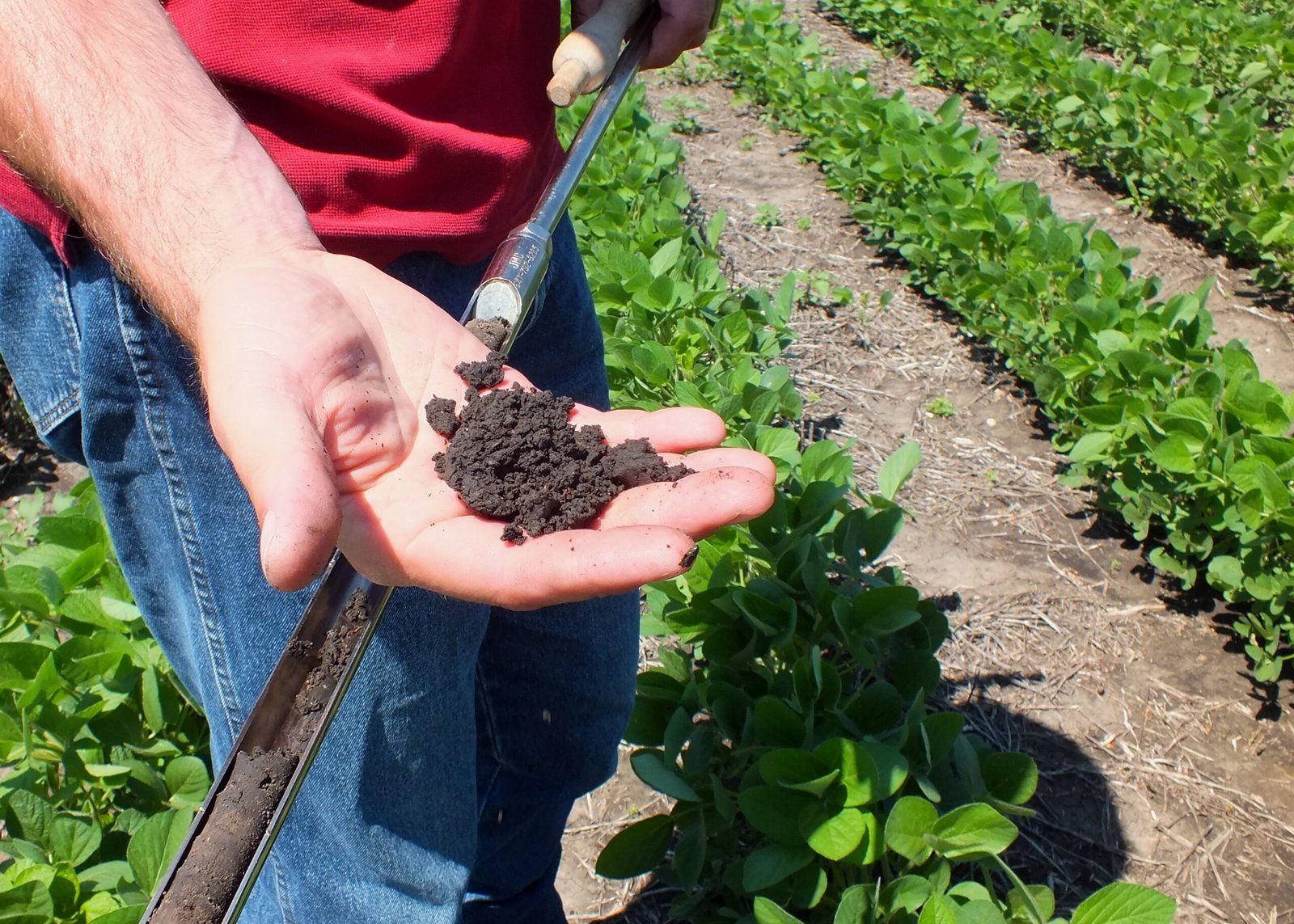
Understanding how seeds remember stress is revolutionizing agriculture. Farmers and breeders are now looking for crops with strong stress memories, hoping to build resilience into our food systems. For instance, breeding wheat or corn from seeds that survived harsh conditions could produce varieties that thrive in a changing climate. It’s a powerful reminder that the answers to tomorrow’s food challenges might be hidden in the seeds we plant today.
Climate Change and Seed Memory
With climate change bringing more extreme weather, the importance of seed memory is growing. As droughts, floods, and heatwaves become more common, plants that can “remember” and adapt will have a survival advantage. This natural resilience could be a lifeline for ecosystems and agriculture alike. In a way, seeds are nature’s insurance policy, quietly preparing the next generation for whatever the future holds.
Threats to Seed Memory
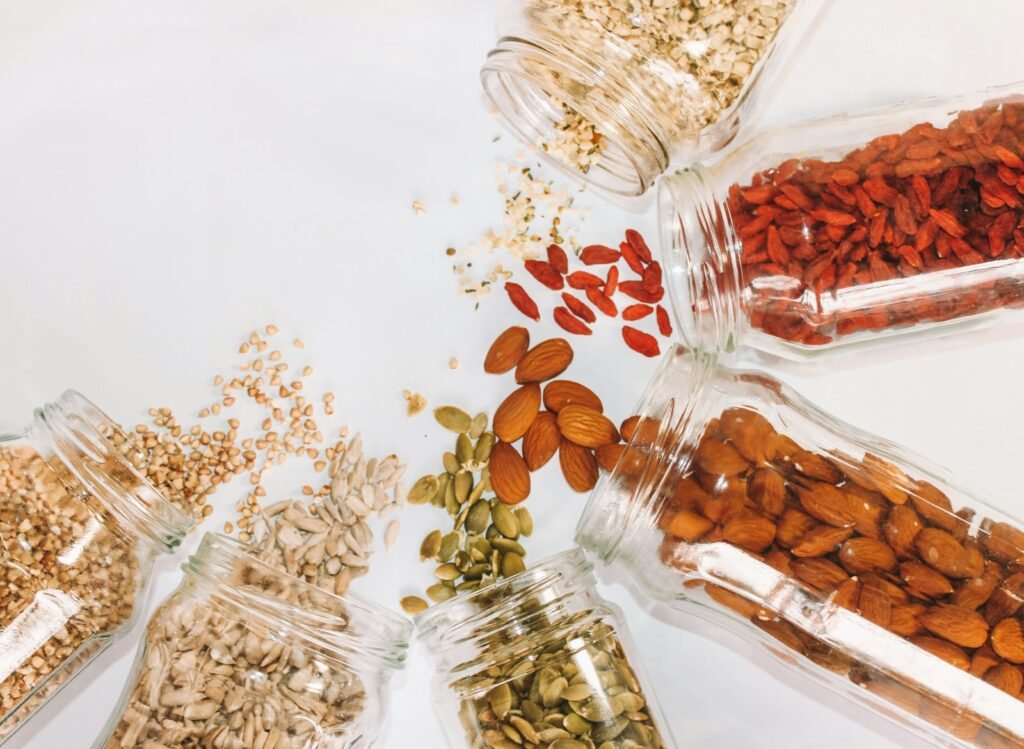
Unfortunately, modern farming practices can sometimes erase or weaken seed memory. Heavy use of chemicals, monocultures, and loss of genetic diversity can disrupt the natural processes plants use to pass on stress memories. Preserving traditional farming methods and protecting wild plant relatives is crucial for keeping these natural memories alive. Without them, we risk losing generations of hard-earned wisdom.
Seed Banks: Guardians of Memory
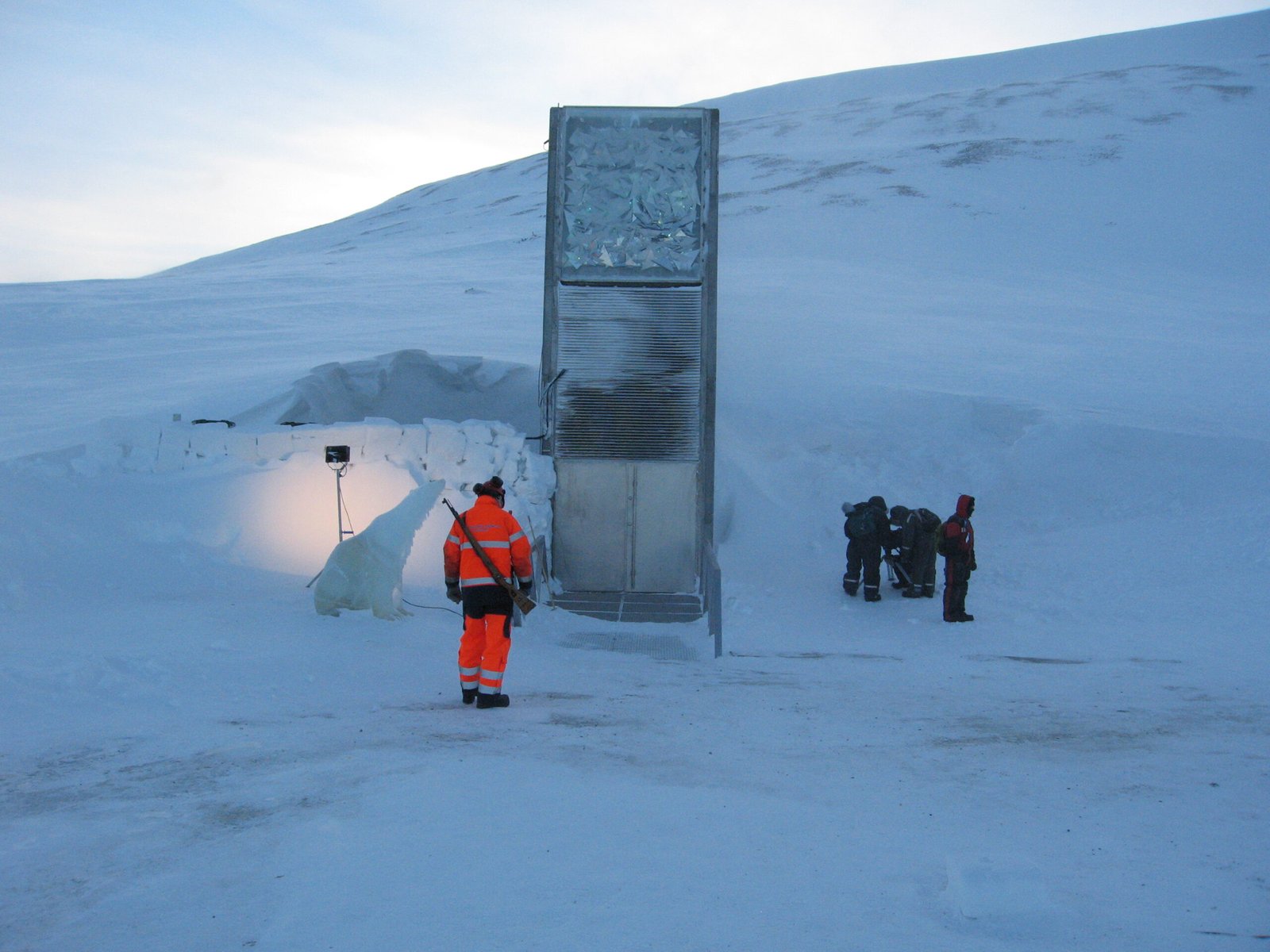
Seed banks around the world act as vaults for these living memories. By storing seeds from diverse environments and times, scientists are safeguarding the genetic and epigenetic history of plants. When disaster strikes or conditions change, these seeds can help restore lost populations or introduce resilience where it’s needed most. Seed banks are like libraries, each seed a precious book of survival stories.
Lessons from the Wild
Wild plants, growing far from human intervention, offer some of the best examples of stress memory in action. Take desert plants that survive decades of drought, or alpine flowers that bloom after brutal winters. Their seeds are finely tuned to their environments, carrying the collective wisdom of countless generations. Studying these wild survivors helps scientists understand the full power and limits of seed memory.
Human Influence on Seed Memories
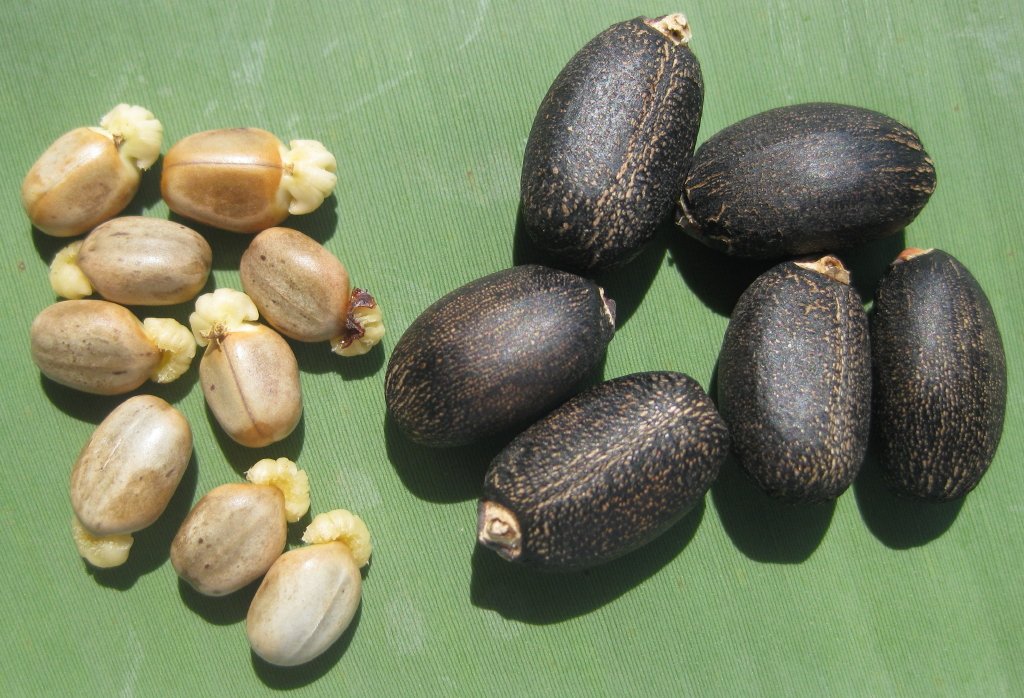
Humans have shaped plant memories in subtle ways, sometimes without realizing it. Selective breeding, migration, and agriculture have all influenced which stress memories get passed on. In some cases, humans have helped plants adapt to new environments; in others, we’ve accidentally erased important memories. This ongoing relationship between people and plants is a reminder that our actions today will echo in the seeds of tomorrow.
The Future of Seed Research
The science of seed memory is still young, with many mysteries left to unravel. New technologies are allowing researchers to peer deeper into the molecular details of how memories are made and passed on. The hope is that one day, we might be able to “train” seeds to remember specific stresses, offering a new frontier in crop improvement and conservation. The possibilities are as vast as the fields themselves.
Personal Reflections on Seed Memory

Sometimes, I think of seeds as tiny storytellers, whispering tales of survival and hope across the ages. It’s humbling to realize that every blade of grass or tree seedling carries a piece of history in its cells. Seeds remind us that life is not just about the present, but also about honoring the past and preparing for the future. Their resilience inspires me every time I plant a garden or walk through a wild meadow.
A Call to Wonder
The next time you hold a seed in your hand, remember: you’re not just holding the start of new life, but a living memory of what came before. These silent witnesses to history are shaping the world one generation at a time. As we face uncertain environmental futures, perhaps the greatest lesson from seeds is this: resilience is not just about strength, but about remembering, adapting, and passing on the wisdom of survival.

